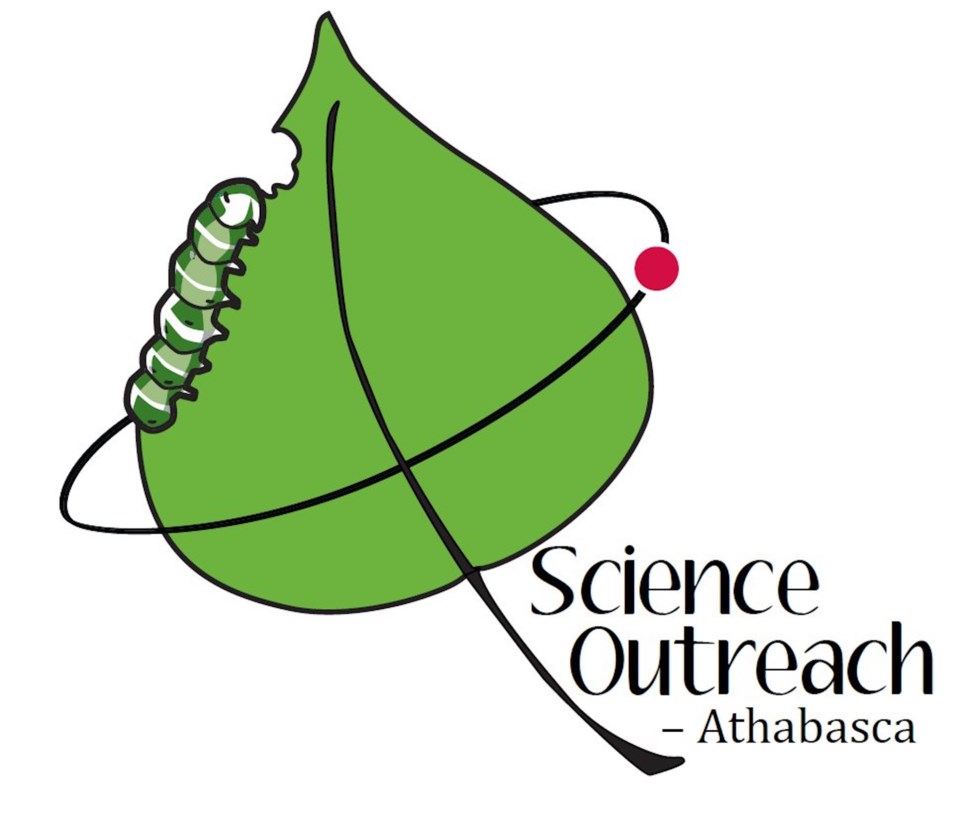ATHABASCA – Science Outreach Athabasca will be debuting a new hybrid delivery model Oct. 26, when Dr. Robert Holmberg will be delivering another one of his fabled “spider talks.”
The lecture will be held in the Athabasca University Governing Council Chambers, as well as presented through zoom — Holmberg will be bringing a selection of creepy-crawlies with him for the students to interact with.
“We’ll be bringing some dead and live specimens with us, we’ll have two live tarantulas and a scorpion,” said Holmberg. Parents need not worry about safety concerns — Holmberg said the live specimens will be kept in small cages.
Holmberg is something of a spider expert — he did his Ph.D. at Simon Fraser University in 1979, where he examined the eating habits of a type of thin-legged wolf spider. While his Science Outreach lectures examine a variety of topics, arachnids are by far his most common— since starting the program in 2000 with Dr. Lisa Carter, Holmberg has given over 300 lectures on the topic.
Besides spiders, Holmberg will be teaching about the larger classification that the critters belong to — Chelicerata, a sub-phylum of the Arthropoda phylum.
“Some examples of chelicerates are horseshoe crabs, which aren’t really crabs, and sea spiders, which as many people know, aren’t really spiders,” said Holmberg. “I’ll also be talking about a fossil group that is sometimes called sea scorpions. Even though English has the largest vocabulary in the world, we still don’t have common words for a lot of animal groups.”
“It can be hard to not use the technical language, since most people have not heard the term chelicerate before,” said Holmberg. He said he makes sure to go over what the words mean with the students.
Broader reach
During the COVID-19 pandemic, Science Outreach Athabasca saw an increase in the number of people they were able to reach. Thanks to Zoom, they were able to attract a wider range of lecturers, as well as a wider audience.
“This is the first time in three and a half years that we’ll have a public audience,” said Holmberg. The public will also be able to attend the lectures via Microsoft Teams, or on YouTube afterwards.
“One of the things that we were always concerned about is that when we give a presentation, then it’s gone. Others who couldn’t attend due to other appointments or illness couldn’t take part. (The lectures) were ephemeral, they were here and then they were gone,” said Holmberg. “We found that when we did them online, we would get 30 to 50 people on Zoom, and then another 30 to 50 people on YouTube.”
Holmberg and the rest of the team at Science Outreach are still testing the hybrid model, so there may be some kinks, but he encouraged anyone interested in learning more about their world to take part.
“We live in a world that is populated by millions of (different) kinds of organisms that we aren’t familiar with, and this presentation will hopefully raise the awareness of the diversity of life on the planet, and how little we really know about all that life,” said Holmberg.



